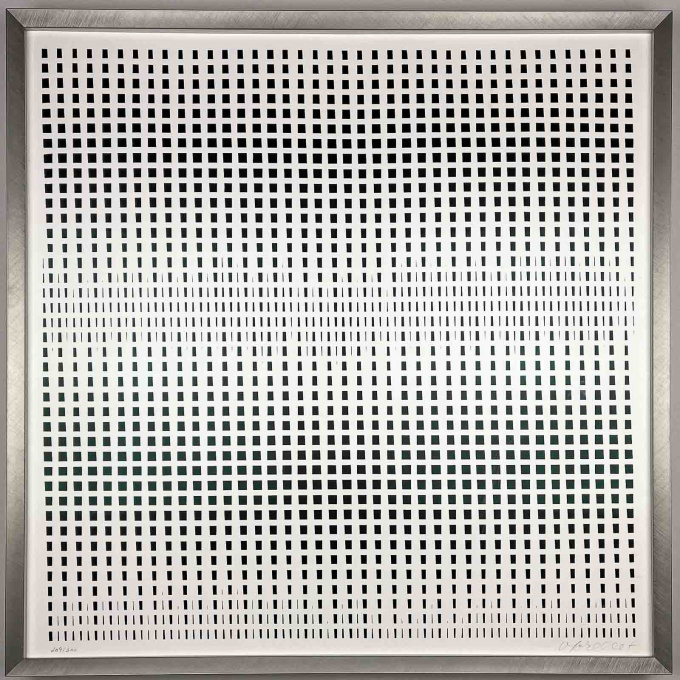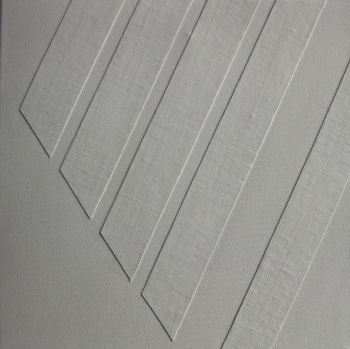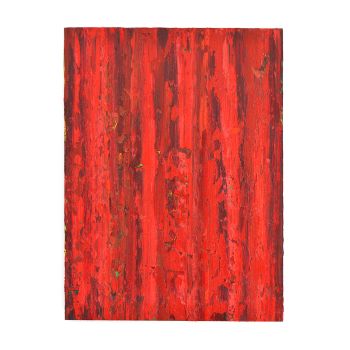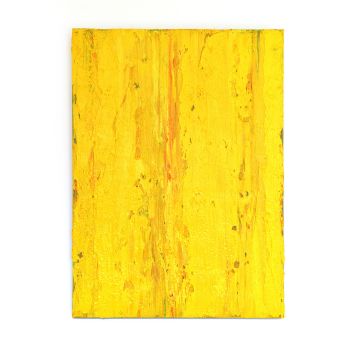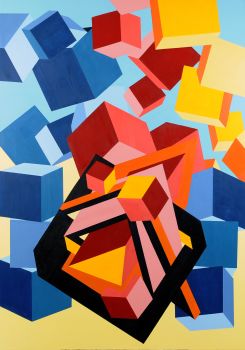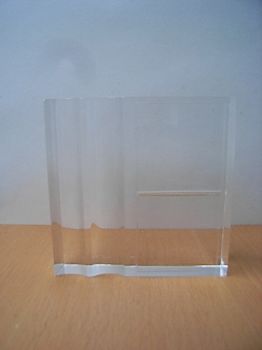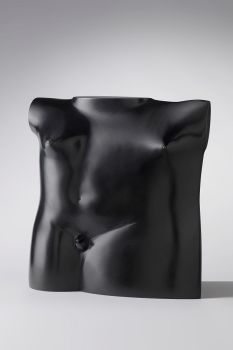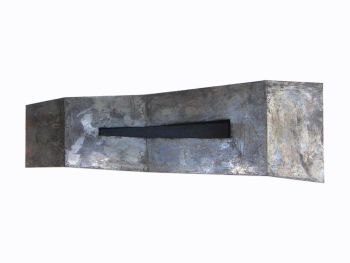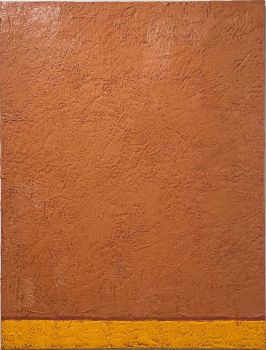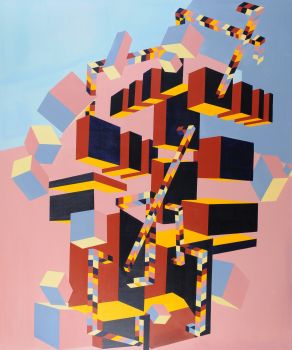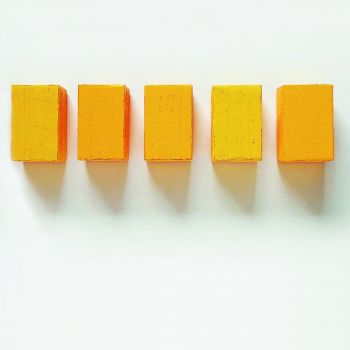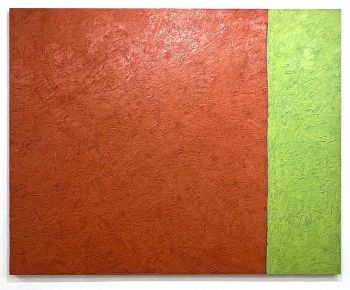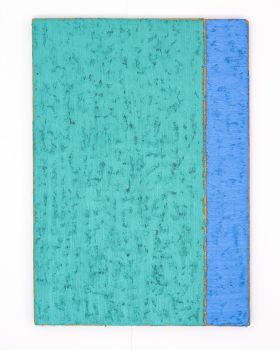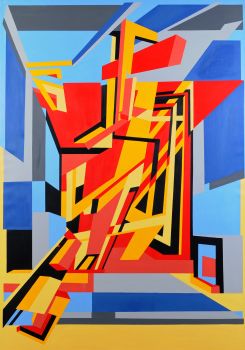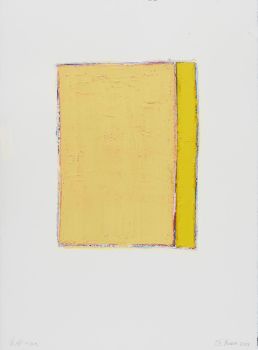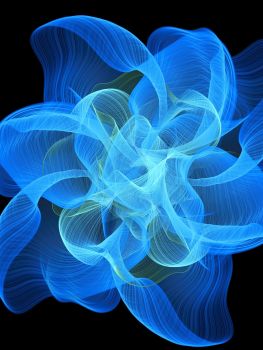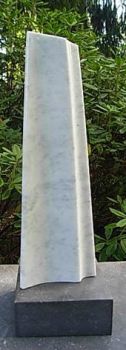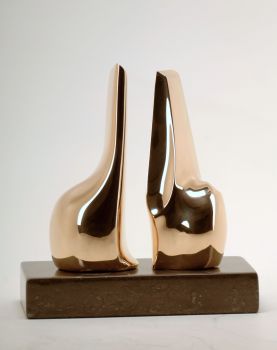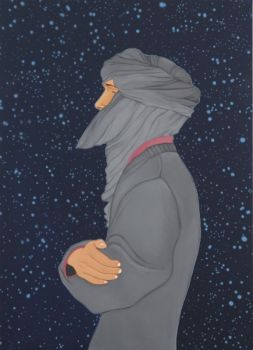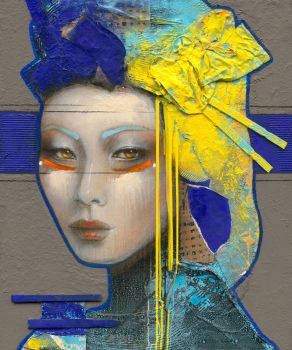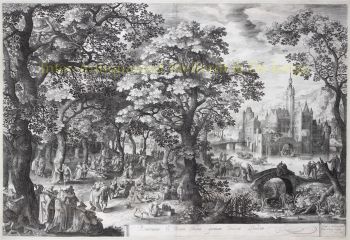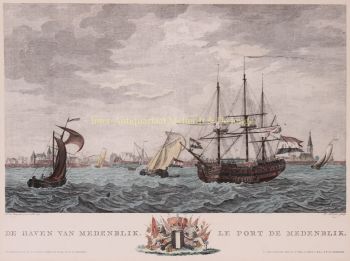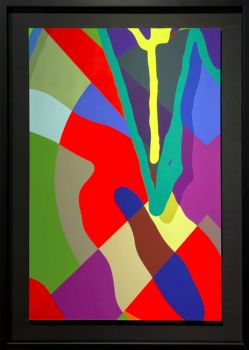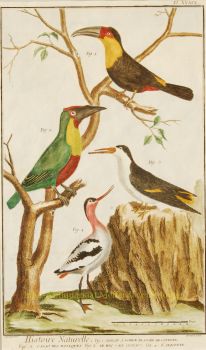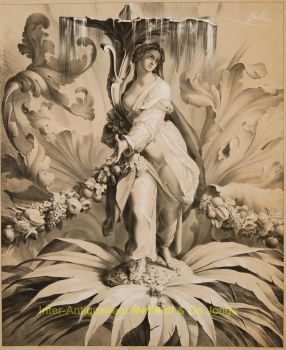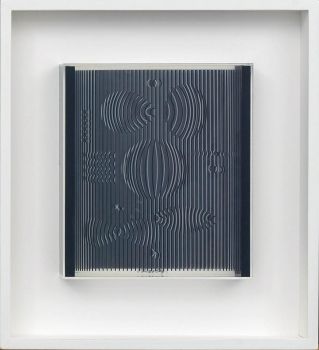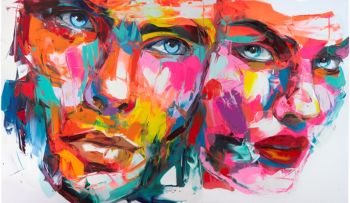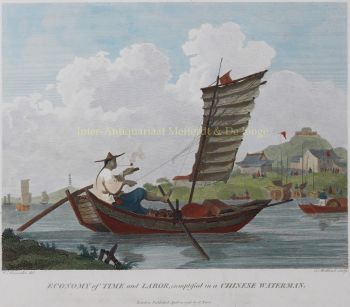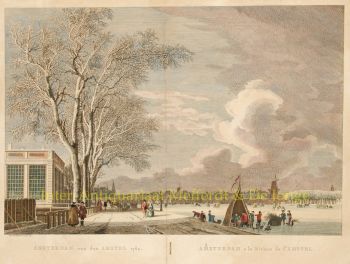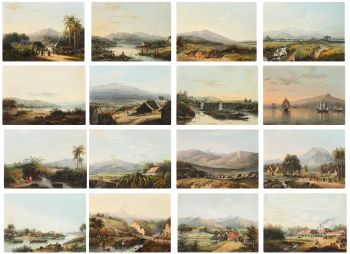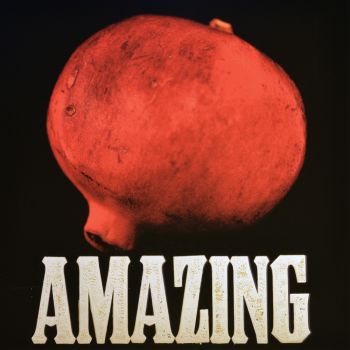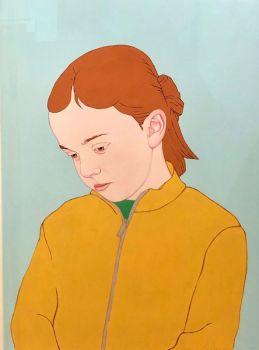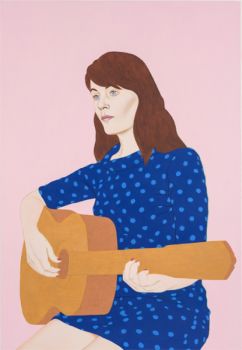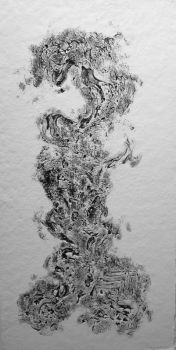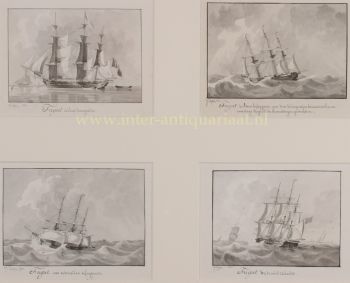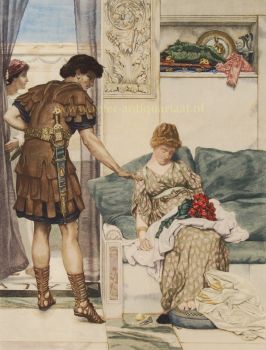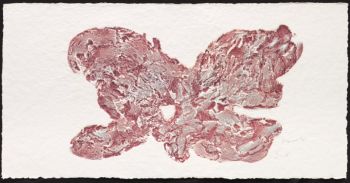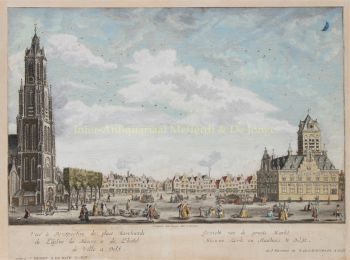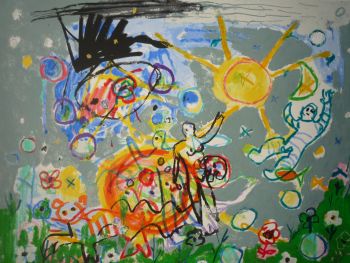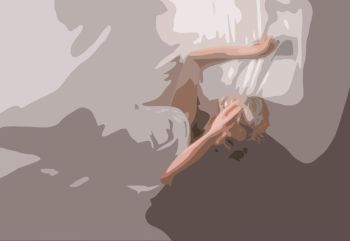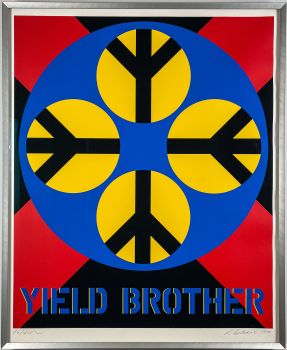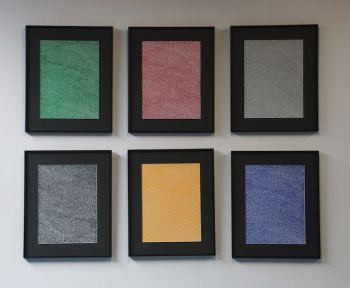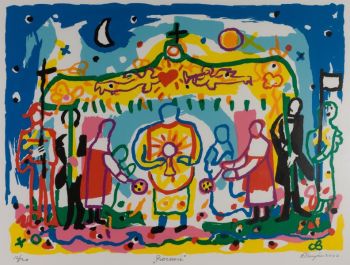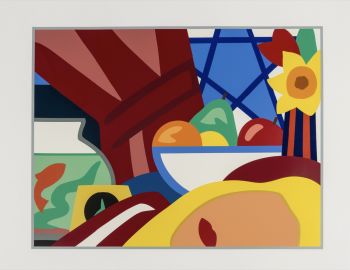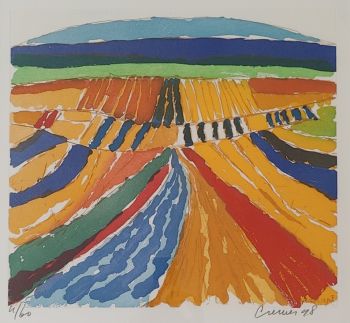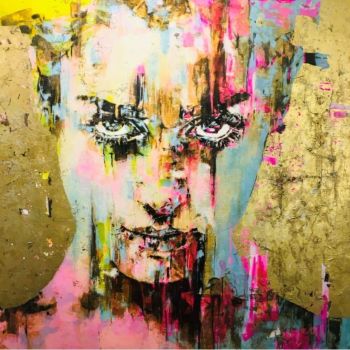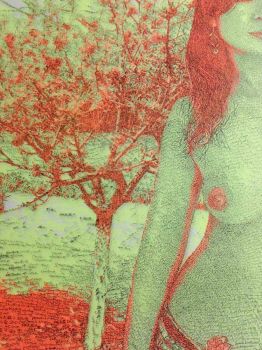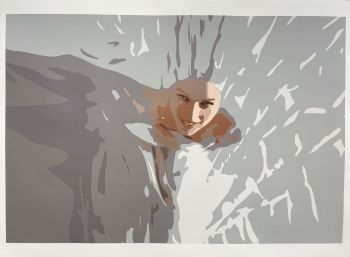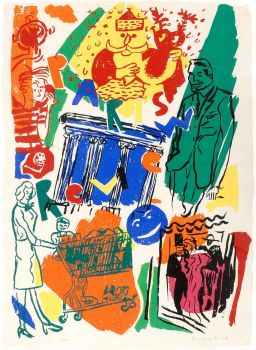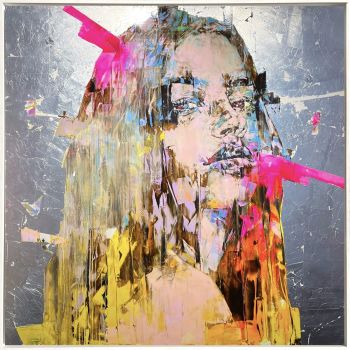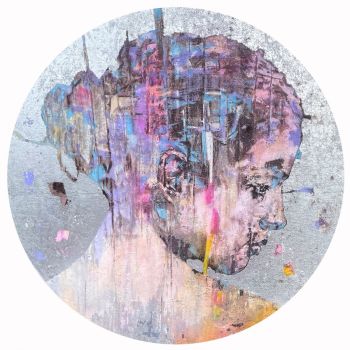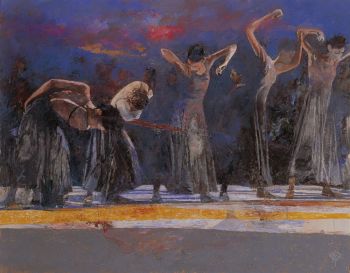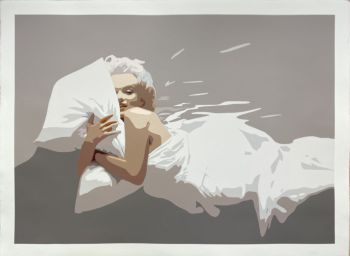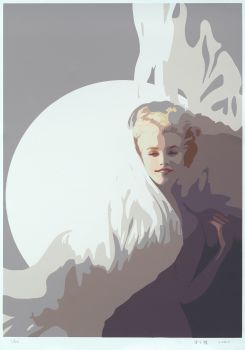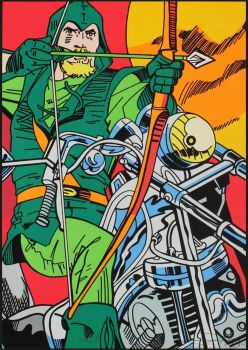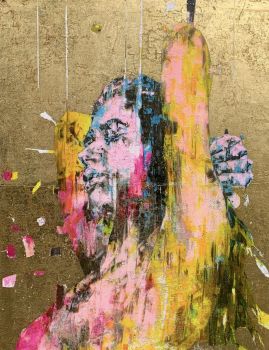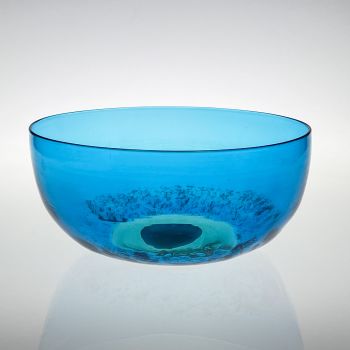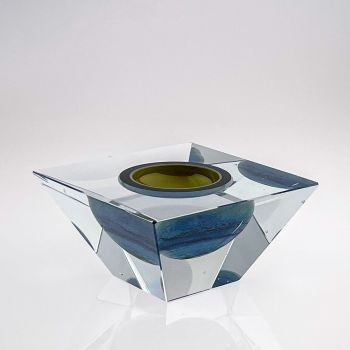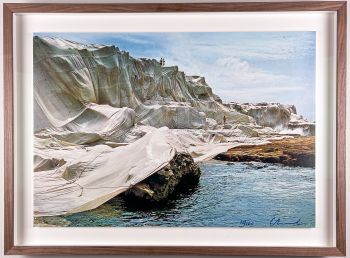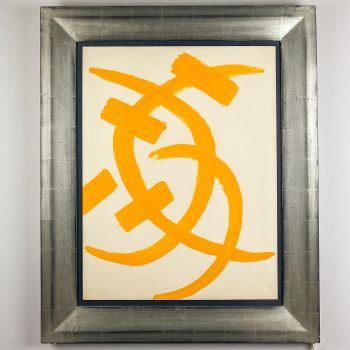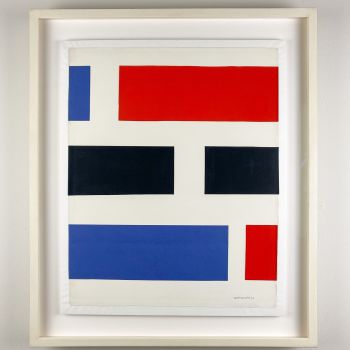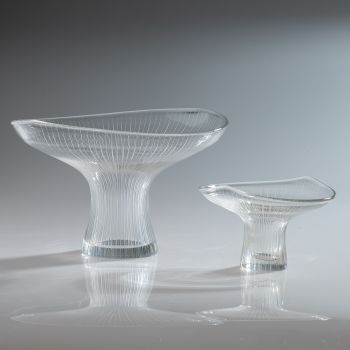“Trames” 1970 – silkscreen on wove paper, framed museumglass 1970
François Morellet
PaperPrintSilk-screen
67 ⨯ 67 ⨯ 6 cm
ConditionVery good
€ 1.750
Van Kerkhoff Art
- About the artworkSilkscreen op wove paper, printed in 1970. Signed and numbered (209/300) by the artist in pensil.
Professionally framed in brushed aluminium frame with museumglass.
About François Morellet
François Morellet (Cholet 1926 – Cholet 2016) was a French painter, sculptor, and light artist. François Morellet ‘s early work prefigured minimal art and conceptual art, and he played a prominent role in the development of geometrical abstract art.
Morellet began his artistic career – still working in his parents’ business – as a autodidact painter. His work was influenced by the work of the Dutch painter Piet Mondriaan and by the French painter Pierre Dmitrienko (Nouvelle École de Paris).
As early as 1950 he called himself an abstract painter and around that time he already had his first exhibition at Galerie Creuze in Paris. His first “sphère trame” dates from this period.
In the 1960’s, together with artists such as Francisco Sobrino, Horacio Garcia Rossi, Julio Le Parc, Yvaral and Joël Stein, he started experimenting with kinetic art within the artists’ group “Groupe de Recherche d’Art Visuel”, which wanted to experimentally explore the possibilities of visual art in a scientific way. He also participated in the international movement “Nouvelle Tendance”.
In 1963, Morellet began to create light objects using neon tubes after the example of the American Dan Flavin. From the end of the sixties, Morellet started to occupy himself with art in relation to architecture and art in public spaces. Examples of these projects are: the Centre Culturel in Compiègne, the La Défense district in Paris and contributions to the sculpture park of the Kröller-Müller Museum in Otterlo.
Morellet’s work is considered to be geometric abstraction and it fits in with the minimalism of Donald Judd, Ellsworth Kelly, Sol LeWitt and Frank Stella. At the same time, there is an affinity with Dadaism.
Many international musea represent Morellet’s work, among many others: Centre Pompidou, Paris; Tate Gallery, London; MoMa, New York; Los Angeles Museum of Art (Lacma); The Tel Aviv Museum and Nationalgalerie, Berlin.
Signed
Signed and numbered (209/300) by the artist in pensil.
Condition
Very good condition, full margins.
Dimensions
Sheet
Height 64 cm
Width 64 cm
Frame
Height 67 cm
Width 67 cm
Depth 6 cm - About the artist
François Morellet (30 April 1926 in Cholet - 11 May 2016) was a French artist. He was active in various art forms throughout his career, including painting, light art, sculpture and graphic arts.
Morellet started his artistic career while still working in his parents' business, as a painter. From 1948 he taught himself to paint and a few years later he was apprenticed to a professional painter.
His work was influenced by artists such as Piet Mondrian and the painter Pierre Dmitrienko (Nouvelle École de Paris). He called himself an abstract painter as early as 1950 and had his first exhibition at Galerie Creuze in Paris around that time. His first sphère trame dates from that period.
In the sixties he started experimenting with kinetic art together with artists such as Francisco Sobrino, Horacio Garcia Rossi, Julio Le Parc, Yvaral and Joël Stein, within the group of artists Groupe de Recherche d'Art Visuel. This group wanted to scientifically investigate the possibilities of visual art experimentally. He also participated in the international movement Nouvelle Tendance.
In 1963, Morellet started making light objects using neon tubes, inspired by the American Dan Flavin. From the late 1960s, Morellet began to focus on art in relation to architecture and art in public space. Examples of these projects are the Center Culturel in Compiègne, the La Défense district in Paris and contributions to the sculpture park of the Kröller-Müller Museum in Otterlo.
Morellet's work is classified as geometric abstraction and fits well with the minimalism of Donald Judd, Ellsworth Kelly, Sol LeWitt and Frank Stella. At the same time, it shows kinship with Dadaism.
A typical example of his work is NoEndNeon in the Zentrum für Internationale Lichtkunst in Unna, where he made this installation especially for an underground space of the light art museum.
Are you interested in buying this artwork?
Artwork details
Related artworks
- 1 - 4 / 24
Victor Vasarely
"Venus", multiple 1987 - professionally framed, museumglass1987
€ 3.700Van Kerkhoff Art
 Curated by
Curated byDanny Bree
Abraham Salm
Twenty-four chromolithographs of Java after A. Salm”1801 - 1876
Price on requestZebregs & Röell - Fine Art - Antiques
1 - 4 / 24William Rosewood
She Loves Me, She Loves Me Not2019 - 2020
Price on requestGalerie Mia Joosten Amsterdam
Victor Vasarely
"Venus", multiple 1987 - professionally framed, museumglass1987
€ 3.700Van Kerkhoff Art
 Curated by
Curated byDanny Bree
1 - 4 / 24- 1 - 4 / 12

